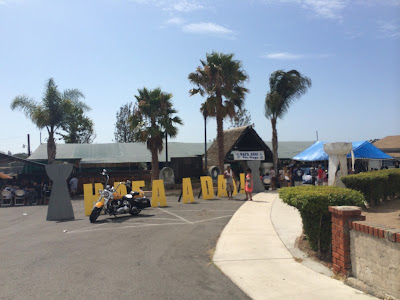These Times, These Manhoben

Ti å'amko' yu' trabiha hun, lao ti enao i sinientete-ku. I am a little over a year from 40 years of age. The closer I get to 40, the closer I get reflective and ruminate on things. The closer I get to 40, the more I try to make sense of things I've been through and the more I try to figure out what impact, if any I've had on Guam or in general. I sanhilo' i sabåna muna'lagefpågo i intan påpa'. Whether my reflections yield things to make me cringe, smile, laugh, shake my head or want to hide away in Yokoi's Cave, changes daily. As someone who studies Guam history I can see places where I, working with other have definitely had an impact. I can see ways in which I haven't succeeded in certain goals, I have seen places where I have changed my goals as the island has changed. I barångka muna'kåpas hao salamanka. Robert Underwood once told me that while he was a young Chamoru faculty member at the University of Guam,





_enters_apra_harbor_for_a_scheduled_port_visit__large.jpg)
